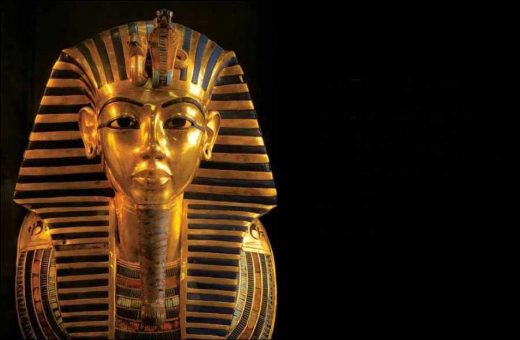Tutankhamen familia. In a groundbreaking revelation that upends our understanding of ancient royalty, recent DNA tests conducted on Tutankhamun, Egypt’s famed Boy King, have unearthed a startling secret: incestuous relationships within the royal family. This astonishing discovery, featured prominently in the BBC documentary ‘Tutankhamun: The Truth Uncovered’, has left scientists worldwide baffled and intrigued.
The meticulous analysis of Tutankhamun’s DNA not only unveiled the identities of his familial lineage but also illuminated a shocking truth about his parentage. Comparisons between the DNA of Tutankhamun’s father, Akhenaten, and his possible mother revealed an unexpected kinship – they were, in fact, siblings. This revelation challenges conventional narratives surrounding the ancient Egyptian pharaohs and sheds new light on the intricacies of their dynastic practices.
While the identity of Tutankhamun’s mother remains a subject of scholarly debate, three primary candidates have emerged: Kiya, Queen Nefertiti, and the enigmatic figure referred to as the “Younger Lady”. Although historical records point to the latter as the most probable candidate, conclusive evidence has remained elusive until now.
The implications of this revelation extend beyond mere curiosity, delving into the cultural and genetic dynamics of ancient Egypt. For the pharaohs, maintaining a pure lineage was paramount, leading to the practice of intermarriage within the royal family. This insular approach aimed to preserve the divine status of the pharaohs as the “Sons of Gods” but inadvertently intensified the risk of genetic anomalies and reduced genetic diversity.
Tutankhamun’s ascension to the throne at the tender age of eight or nine, coupled with the guidance of courtiers who had served his father, Akhenaten, underscores the complexities of leadership in ancient Egypt. Despite his brief reign of less than a decade, Tutankhamun’s legacy endures as one of the most iconic figures in history, now imbued with a newfound understanding of his familial origins.
Views: 125



